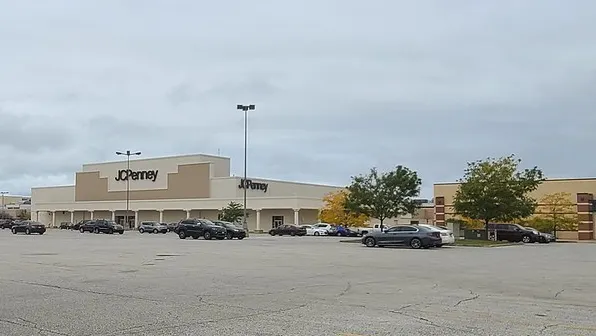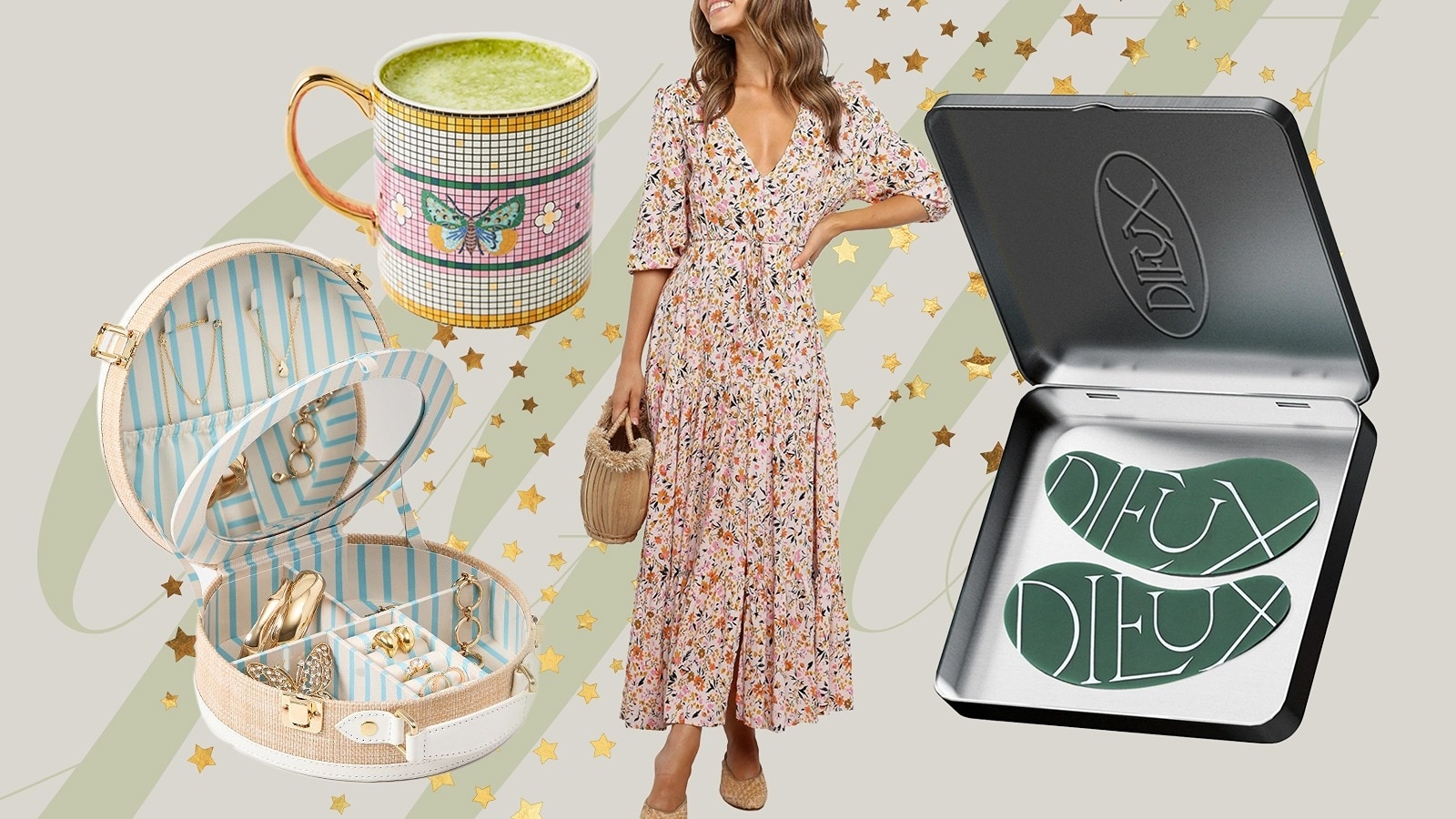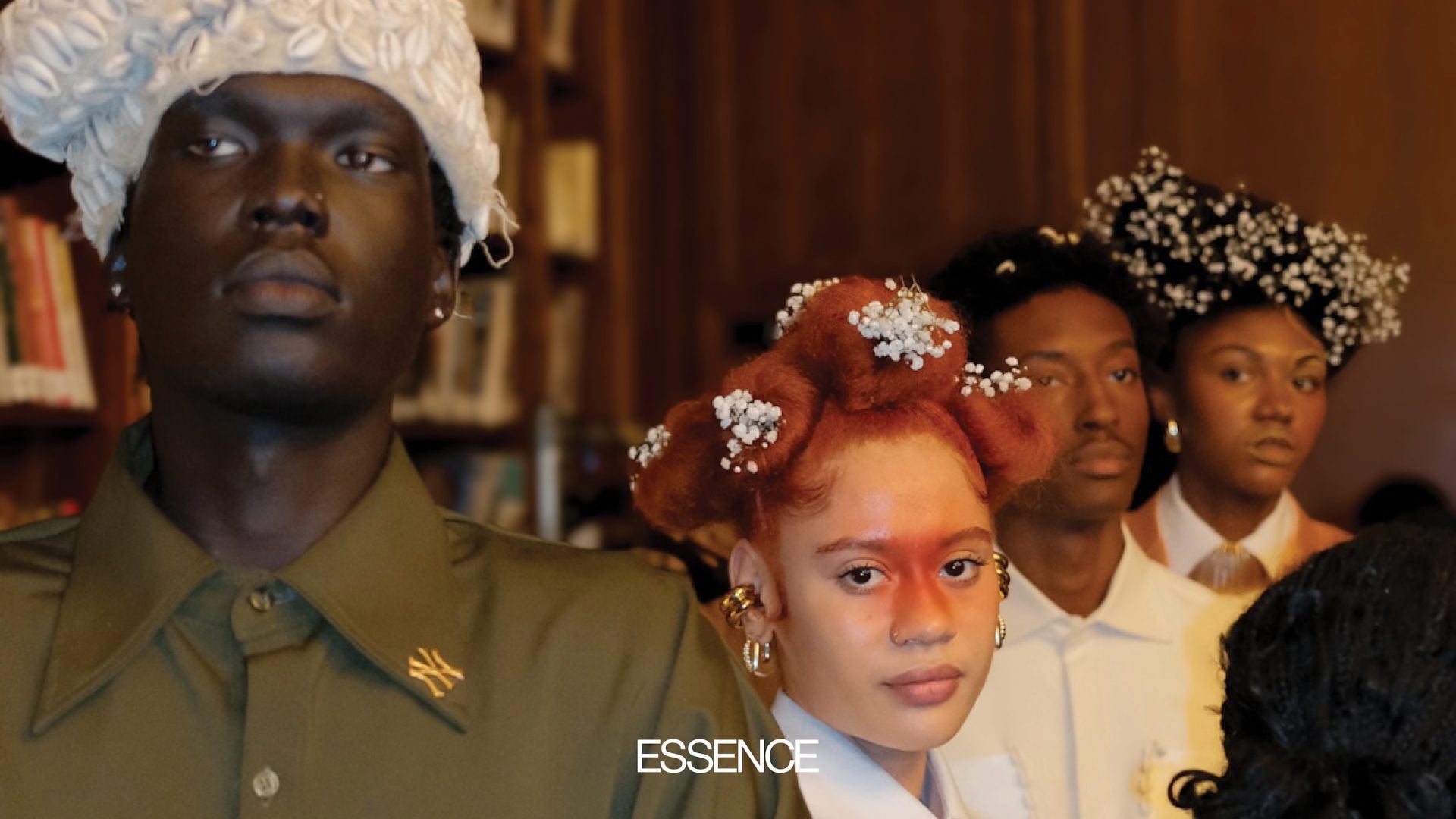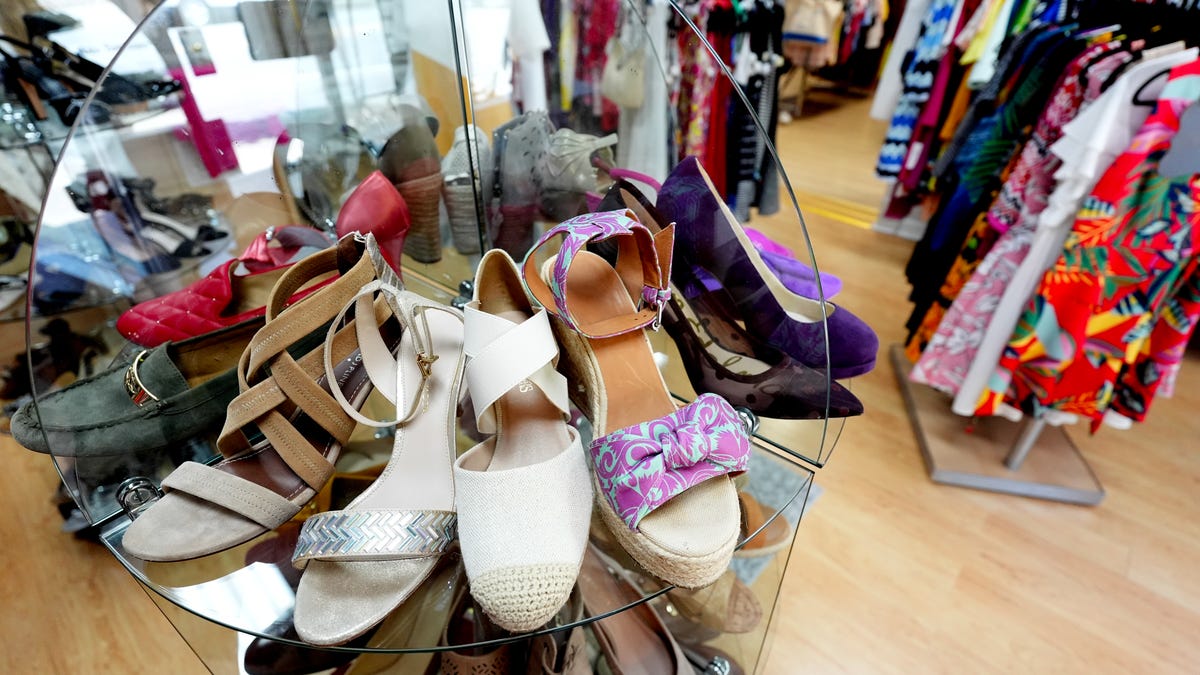
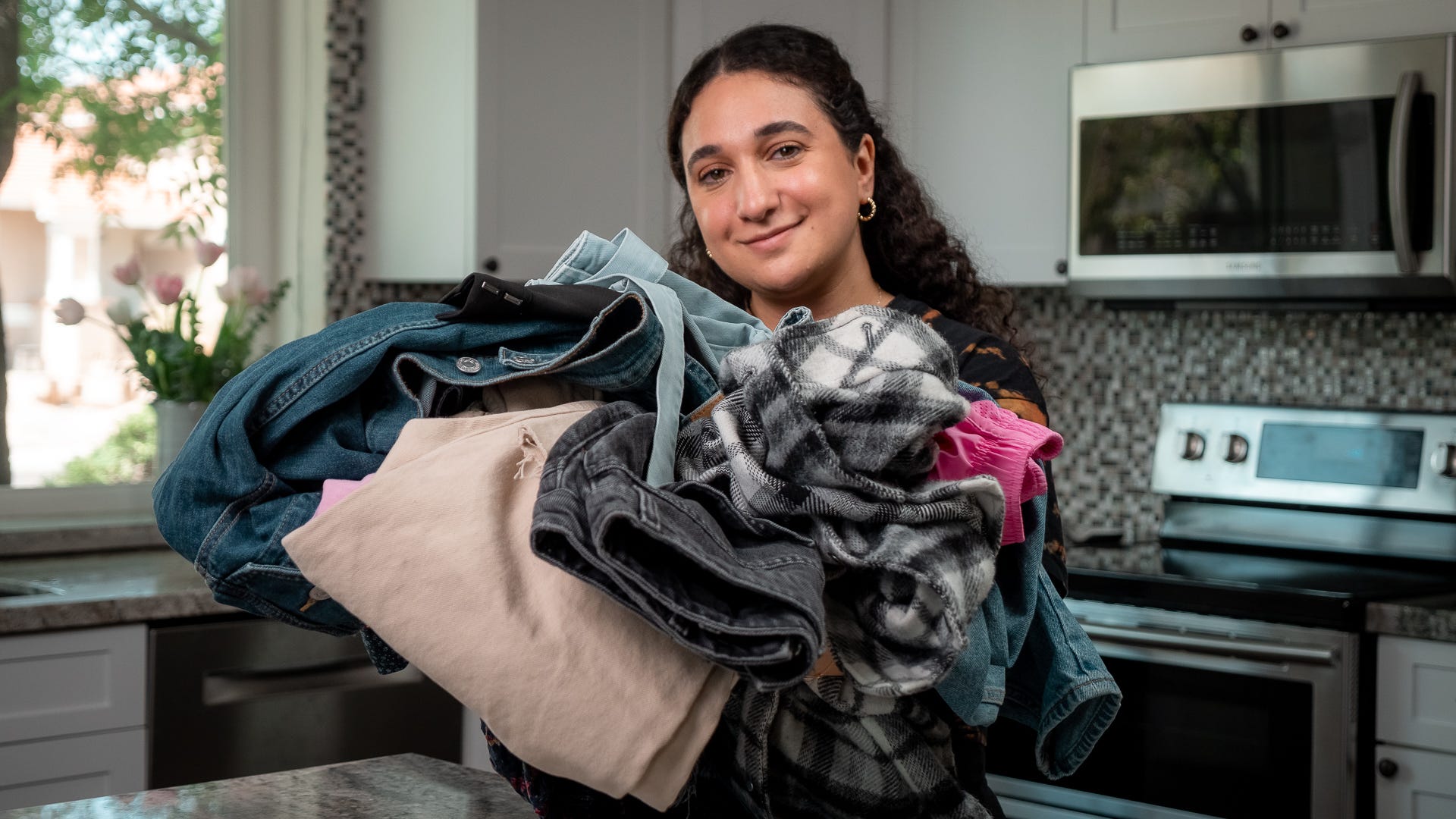
How to thrift shop like a pro
Shop like a pro at thrift stores with these hacks.
ProblemSolved, Reviewed
- Y2K fashion’s resurgence, affordability, and sustainability concerns are driving a thrift store boom, particularly among younger shoppers.
- Retailers like Hollister are reviving older styles to capitalize on the trend, while consignment shops are expanding online.
- Experts suggest inflation, social media trends, and environmental consciousness contribute to thrifting’s popularity.
- Thrift stores offer affordable options for consumers, especially during economic hardship, and contribute to community support through donations and job creation.
Low-rise jeans, double-zip hoodies and “going out” tops are back on the rack as 2000s fashion becomes the pursuit of a young generation of vintage shoppers.
Interest in Y2K fashion combined with the advent of a new consumer base that values environmental sustainability and affordability has contributed to a spike in the popularity of secondhand stores within the past decade, and Louisville is no exception to the trend.
Margaret’s Fine Consignment, 2700 Frankfort Ave., is one of many stores in Louisville that sells secondhand clothing. Just a few doors down, Urban Kitty, 2638 Frankfort Ave., offers more of the same. Bardstown Road is also a popular thoroughfare for thrift shopping, as well as Barret Avenue and the NuLu neighborhood.
Cara Shelton, the owner of Margaret’s Fine Consignment, said she has seen a trend of increasing number of young people coming in to shop on top of her regular customers.
“I really think that the vintage is what has started the younger generation getting into thrifting in general,” Shelton said.
As vintage shopping continues to grow in popularity, big box retail stores are hopping on the trend. For example, Hollister is reviving some of its old styles to engage customers, including cable-knit V-neck sweaters, lace trim camisoles and peplum tops.
To combat the larger brands trying to capitalize on the Y2K trend, Margaret’s Fine Consignment debuted a website for online shopping modeled after thrift shopping websites like Poshmark and Depop. It’s Shelton’s hope that the online platform will make the store, which has been in business for more than 30 years in Louisville, more readily available to more people.
Uric Dufrene, the Sanders Chair of Business at Indiana University Southeast, said that while vintage clothing is the trend right now, there could be multiple reasons why thrift shopping has become more popular in recent years, the least of which is the economy.
He said that inflation rose significantly in the aftermath of the COVID-19 pandemic, encouraging Americans to stretch their dollars.
“Inflation has come down,” Dufrene said. “The inflation rate is just about 2% today, but prices are still higher than they were prior to COVID.”
On top of the pandemic-induced frugality some consumers have adopted, Dufrene said thrift shopping content on social media could influence Gen Z-ers and Millennials more than older generations, as trends disseminate quicker than ever on apps like TikTok and Instagram.
Thrift “hauls” are a popular format of social media post, with creators sharing what pieces of clothing they purchased at the thrift store.
Additionally, younger consumers value environmental sustainability, and thrift shopping offers a convenient alternative to purchasing mass-produced clothing and fast fashion, inexpensive clothing that copies current high-fashion trends. Where shopping secondhand reduces the amount of clothing sent to the landfill every year, buying new clothing modeled after 2000s trends leaves real vintage clothes to go to waste. Today, 59% of consumers expect retailers to create clothes sustainably and ethically, according to ThredUp.
“Why go ahead and buy something new when there’s something else that might satisfy one’s needs or wants at a fraction of the price and also with less damage to the environment?” Dufrene said.
Rena Sharpe, chief operating officer of Goodwill Kentucky, said she’s also noticed customers with these values at local Goodwill stores.
“We definitely have seen a drastic uptick in that younger generation,” Sharpe said. “They’re very conscious of the environment and that’s a big part of the reason we hear from them that they enjoy shopping thrift.”
Sharpe agreed with Dufrene in that she believes more people shop at thrift stores when big box store prices go up. Amid inflation and a 16.3% statewide poverty rate, thrift shopping offers a more affordable alternative.
“We have stores in Kentucky in areas you might not think we would have stores, and the reason that we have stayed in these communities is because they are very high poverty areas and we’re able to employ people there,” Sharpe said. “It also does provide a low-cost way for people to shop in those areas that don’t have a lot of options.”
She also said that thrift shopping offers consumers a chance to give back to the community. At Goodwill, $.90 of every dollar spent at retail stores goes toward services to “help the population,” Sharpe said.
Dufrene said that donating or consigning clothing also allows people to dispose of their belongings without feeling like the clothes are going to waste.
“I can find a place to get rid of certain things I no longer need to create more space and know that it’s going toward a good cause,” Dufrene said.
Shelton said regardless of why younger people have taken to thrifting, people of all ages and demographics enjoy searching for a good find among the racks.
“What one person might have thought was their junk, make it somebody else’s treasure,” Shelton said.
Reach reporter Molly Gregory at [email protected]
link




